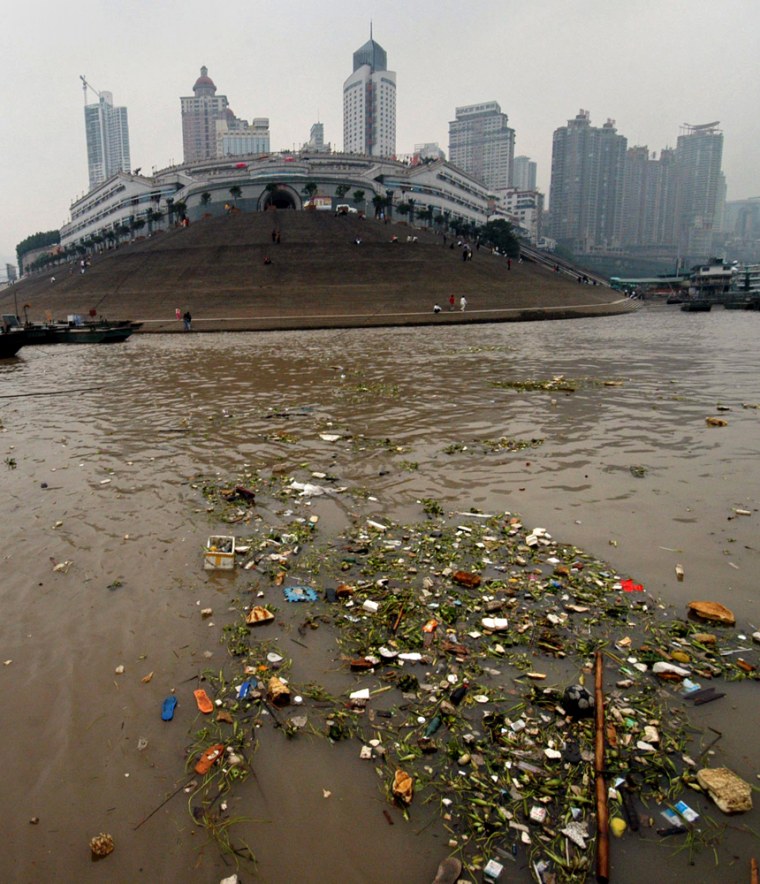Hoping to raise awareness about the state of the world's great rivers, the World Wide Fund for Nature on Tuesday released a report on what it called the 10 most endangered rivers — five of which are in Asia.
The conservation group said that pollution, global warming and rampant development could destroy some of the world's most iconic rivers in the coming decades, threatening to wipe out thousands of fish species and cause severe water shortages.
The Asia rivers on the list are the Yangtze, Mekong, Salween, Ganges and Indus. Also on the list are Europe’s Danube, South America's La Plata, North America's Rio Grande/Rio Bravo, Africa’s Nile-Lake Victoria and Australia’s Murray-Darling.
The Yangtze River gets more than half of China's industrial waste and sewage, the report stated. Europe's Danube has lost most of its surrounding wetlands. And the Rio Grande has become so shallow that salt water is seeping in, bringing ocean fish that threaten freshwater species.
Few free rivers
Only 21 of the planet's 177 longest rivers run freely from source to sea, with dams and other construction destroying the habitats for migratory fish and other species by altering the water's natural ebb and flow, the WWF said.
About a fifth of the world's 10,000 freshwater fish and plant species are either extinct or endangered, the report said, calling on governments to radically step up efforts to preserve rivers, lakes and wetlands.
"Unabated development is jeopardizing nature's ability to meet our growing demands," said Jamie Pittock, who heads WWF's freshwater program.
The Danube — home to more than half of Europe's fish species — has lost 80 percent of its surrounding wetlands and flood plains because of dams, the report said.
Construction to ease shipping channels — dredging, pumping water or straightening banks — also threaten animals and plants in the river, which runs from Germany to the Black Sea, WWF said. Less than 7 percent of its basin is protected.
In China, pollution in the main stem of the Yangtze River has increased by more than 70 percent over the last 50 years. Almost half of the country's industrial waste and sewage is discharged in the river, the report said.
Garbage heaps, pig waste and discharge from factories, hospitals and mines — possibly including radioactive waste — lie at the bottom of the reservoir at the Three Gorges Dam, the world's largest hydroelectric project, the WWF said.
Ocean fish in Rio Grande
In the Rio Grande, low water levels have allowed salt water to enter and ocean species to crowd out freshwater fish. Excessive extraction, primarily for agriculture, is threatening the river, which flows along the U.S.-Mexican border.
At the same time, rising populations along both sides of the river need more and more water, increasing pressure on the 69 fish species found only in the Rio Grande, the WWF said.
In Africa, where even small temperature changes can dramatically alter water levels and fish productivity, global warming is threatening fish populations, the report said. The Nile, the world's longest river, is expected to reach a critically low level by 2025, threatening a source of drinking water for thousands of years, WWF added.
